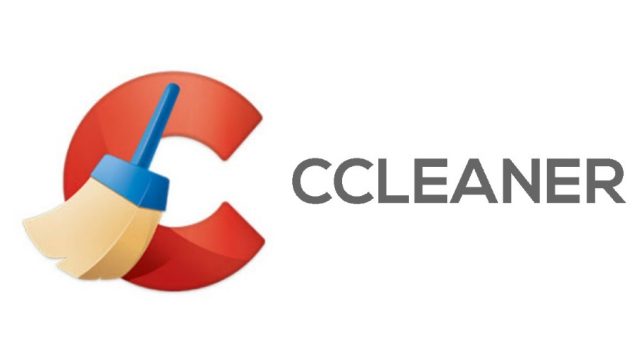CCleaner is a program that each window client ought to have. It’s a key part in tidying up your PC, doesn’t cost anything, and comes without spyware or other garbage documents.
You’ve most likely run a speedy sweep with CCleaner, however, would you say you are extremely exploiting all that it can do? Here are a few tips to get more use out of the program.
- Pick What CCleaner Removes
When you break down and run a cleaning filter, CCleaner picks some default kinds of data to erase. In any case, some of these do not merit cleaning routinely. For example, program reserve can develop after some time and use loads of space on systems with little hard drives. In any case, the cache gives you a chance to get to normally used sites rapidly, so clearing everything is impending.
On the Cleaner tab, observe the different classes CCleaner gives you a chance to change. The Windows header contains sections for Edge and Internet Explorer, File Explorer, and other framework components like log documents. The Applications header gives you a chance to clear program data, and also different utilities you may have introduced like Foxit Reader, Office, 7-Zip, and the sky is the limit from there.
Peruse however these things and uncheck all that you don’t need CCleaner to expel. On the off chance that you regularly explore through the Recent Documents page in File Explorer, it’s not worth the tiny stockpiling you spare by evacuating it.
- Expel Startup and Context Menu Items
At whatever point you introduce programming, it frequently sets itself to keep running at startup and adds a passage on your right side snap menu. In principle these are valuable, yet having an excessive number of startup things can back off your framework and an untidy setting menu is more disappointing than accommodating.
CCleaner lets you effectively alter both of these rundowns. Open the Tools tab and select the Startupoption. Here, you can see startup programs under Windows, and additionally Context Menuitems and even Scheduled Tasks. Snap a section you don’t need, at that point tap the Disablebutton on the right side. You shouldn’t delete something unless you’re sure that it’s not useful.
To keep a duplicate of all that you have in these rundowns, press Ctrl + A to select all item and tap the Save option. In case you don’t know the file location, select Open containing folder to discover the source.
In case you don’t know which files to evacuate, look at the files at startup menu. Also, once you’ve expelled pointless files, you should help your setting menu by including shortcuts.
- Discover Duplicate Files
Duplicate files are a torment. Not exclusively do they squander space; they may confound you in the event that you alter one document, at that point open the other one and ponder where the new documents went. To battle this, use CCleaner’s apparatus to discover additional duplicates and expel them.
Go to Tools > Duplicate Finder to begin. Here you can indicate criteria, for example, constraining file sizes, hidden files and framework documents, and just looking through specific drives. As a matter of course, the device considers duplicate documents as those with an indistinguishable name, same size, and altered date. You can likewise check the Content box to additionally limit matches.
When you click Search, the rundown will populate. Be watchful with erasing these unused files; stick to expelling your own particular archives and files and abstain from evacuating DLLs or other information utilized by programs.
In a situation where your CCleaner is not opening due to missing msvcr71.dll you will need to put the msvcr71.dll file in a specific folder like an application’s folder

